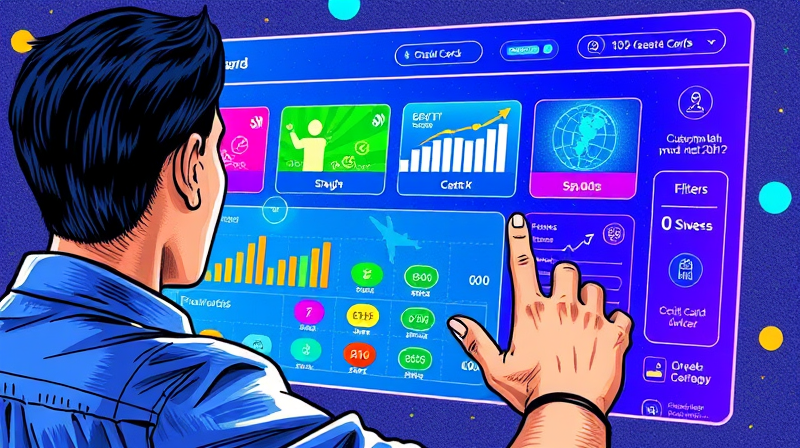
Managing monthly bills can feel overwhelming, but simple automation can transform your financial routine and bring peace of mind.
Late or missed payments are more common than many realize. In a recent survey, one out of three Americans paid a bill late in just six months. For 23% it was pure forgetfulness; 22% simply mixed up due dates. The other factors—like affordability—are real, but when forgetfulness is removed, everyone gains an advantage.
The consequences of missing a due date go beyond a small inconvenience. Over half of U.S. adults have overdrafted their account at least once to cover bills, and most incur fees when they do so. That extra financial stress can quickly accumulate.
Implementing automation in your bill-paying workflow offers reliable reminders before due dates, preventing late fees and protecting your credit score. You’ll:
Prevent overdrafts by syncing payments with your pay cycle.
Gain peace of mind and consistent budgeting without manual tracking. Your cash flow planning will improve when you always know what’s coming and when it leaves your account.
Setting reminders is the first line of defense against forgetting a bill. You can choose:
While reminders prompt you to act, automated payments complete transactions without intervention. Decide which bills should auto-pay and which deserve a manual review.
For variable bills—like utilities or credit cards—alerts help you catch unusually high charges before money leaves your account. Fixed expenses—rent, subscriptions, loan payments—are ideal candidates for full automation.
Different bills demand different approaches. Below is a quick reference to help you choose between full automation or smart reminders.
Follow these steps to ensure no due date slips through the cracks:
Maintaining an automated system takes a bit of upkeep. Adopt these practices to keep your routine error-free:
Verify biller information is correct every six months. A typo in an account number can lead to missed payments instead of prevented ones.
Review statements and reconcile monthly so you spot any inadvertent charges or failed transactions before they become issues.
Align payment dates with your pay cycle so withdrawals coincide with deposit dates and avoid low-balance fees.
Update automation when bills change—new vendors, changing amounts or modified due dates all require prompt configuration.
Automating your bills and alerts is one of the simplest yet most impactful changes you can make. By eliminating forgetfulness and ensuring timely payments, you protect your credit, avoid unnecessary fees, and reduce stress. Start with one or two bills today, then build your system until every recurring payment is managed automatically or with reliable reminders. Your future self will thank you for building a foolproof payment routine that supports financial wellness for years to come.
References













